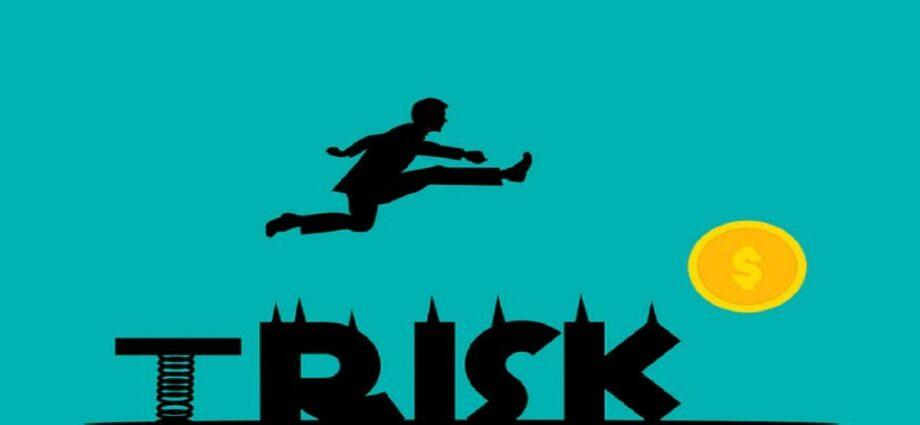All company owners must accept that risks are inherent in doing business today. Every company will face risks and uncertainties at some time. These risks and uncertainties will harm the company’s liquidity, growth, and profit. On the other hand, others may result from external circumstances, and certain dangers may result from internal defects. There will always be dangers due to a company’s growth and development.
Some firms, according to credit card processors, are “high-risk.” It boils down to two major factors: your sector (some verticals are more stable than others) and your condition (credit history, past profitability, etc.). There isn’t much that could go wrong if you operate in a high-risk industry or sell high-risk items.
In general, all payment processing, especially eCommerce, carries some risk. Payment processors may suffer because many of the risks are assumed by merchants, and they may be unable to earn a profit. A high-risk business merchant account should not surprise anybody who operates a high-risk firm.
It is the responsibility of the firms that accept credit card transactions to be accountable for any transactions that pass through their systems and are completed. Disputes between a supplier and an issuing bank may emerge due to a high number of chargebacks or fraud in the transaction.
Several factors might make a corporation more or less risky in the real world, and we’ll discuss a few of them in this article.
It is critical to distinguish one’s goods from the products of others
It may impact the degree of risk a firm confronts in terms of financial trouble, but it is not the only one. If a firm is entirely dependent on a single product or service, it is more likely to collapse. People who work for a firm that offers various products are not affected by this issue.
Product demand and the general status of the economy are two critical considerations
Product or service failure is more probable when economic circumstances change, increasing the likelihood that the product or service will not function properly. Firms that offer core or actual products may be the least likely to fail when it comes to business risk. Because regardless of how robust the economy is, there will always be a need for the products and services these businesses provide.
The size of the firm and the level of competition in the market are important considerations
Competing with already well-known firms would need a significant amount of time and space. In other words, all new enterprises need a considerable amount of time to adjust to competitive sectors and marketplaces. The danger to the company’s existence is substantially great when there is a lot of competition. A small firm must take its time to establish itself and compete with more giant corporations.
One in which fixed expenses far exceed variable costs
When a corporation has a lot of long-term costs, its financial risk immediately rises. It’s mainly accurate due to how things function and how this issue has little to do with what the firm offers or does. Companies with minimal fixed and largely variable costs are less concerned about the economy. Organizations with a high proportion of variable expenses have less risk than organizations with a high fixed cost proportion.
High-Risk Industries
The forecasts on high risks are based on broad industry trends, but they are subject to change. Other considerations include fraud, refunds, debit card chargebacks, credit card chargebacks, and total sales volume. This data is used to categorize various sorts of enterprises into distinct groupings. MCC is an abbreviation for Merchant Category Code, and it is a code that notifies people of what kind of company you have. It assists individuals in determining what kind of company they are in.
Certain goods and sectors are labeled as “high-risk” by payment processors, but here are a few examples:
- Gambling
- Prepaid debit cards
- Pharmaceuticals and online drug providers
- Tobacco/E-cigarettes/cannabis products
- Telemarketing sales
- Adult entertainment and dating services
- Airlines, accommodations, and ticketing agents
- Subscription services
- Financial counseling/credit repair/debt reduction
- Recurring billing/subscriptions
- Timeshares
- Cryptocurrency
This industry has a higher rate of refunds, chargebacks, and fraud than any other. Owning a high-risk firm isn’t necessarily a terrible thing, even though it has a terrifying name.
The fact that certain sectors have a high level of financial risk does not preclude huge risks from paying off handsomely. They believe that the advantages of doing business with them surpass any additional problems and expenses associated with setting up and operating a high-risk merchant account.
In Short
Finally, most organizations have a risk-management strategy in place, which is set in place before or after a firm starts or has a setback. It all depends on the circumstances. If everything goes according to plan, a risk management strategy will assist the organization in being better prepared to deal with difficulties when they arise. The plan should have immediate tried-and-true concepts and methods to deal with when a threat arises.

Comments are closed, but trackbacks and pingbacks are open.